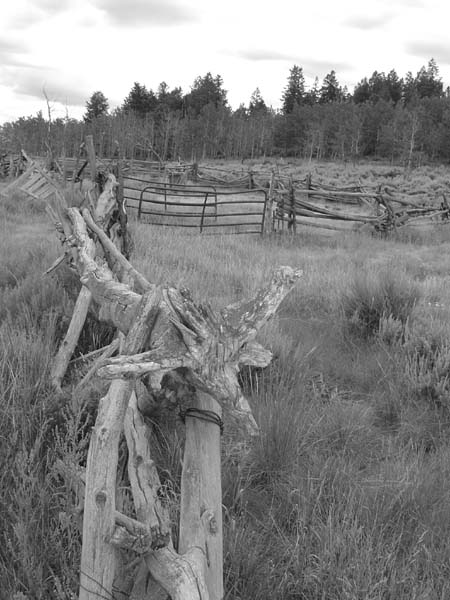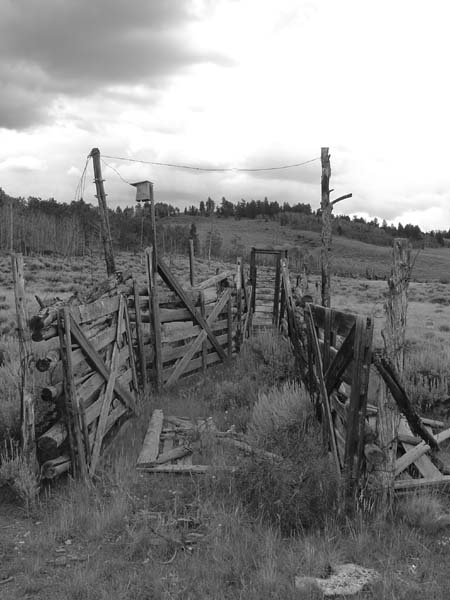- ☰ Menu


- ☰ Menu


Local History
The original inhabitants of the mountains and valleys of the Gunnison County were the Ute Indians. The Spaniards came to the Gunnison Valley in the early 1600s and in 1670 signed the first peace treaty with the Ute Indians; but it was not until a hundred years later that the Ute Indians granted Spain the right to trade up the Gunnison River. With this agreement in place more foreigners started to come to the area and friction between the Ute Indians and the white man increased. In 1859 the great Colorado gold rush began and confrontations between miners and indians became more frequent. In 1861 gold was found along the Taylor River, but Ute attacks stopped attempts to create mines during the 1860s.
The Treaty of 1868 created the Consolidated Ute Reservation, which then pushed the Utes to the western portion of what is now the Gunnison County. This was followed in 1880 by the establishment of a reservation, a 15 by 100 mile strip of land, in southwestern Colorado for Southern Utes.
During the late 1870's and early 1880s between 25,000 and 40,000 people flocked into the Gunnison Valley to seek their fortune in silver and other minerals. But in 1893 the plummeting price of silver caused many of the mines to close making it impossible for many of the camps to stay alive.
Among the influx of miners and other fortune seekers came cattle thieves and other law breakers. "Doc" Shores served as the sheriff of Gunnison County when it was still “wild” and was known as the lawman who captured Alfred Packer, the infamous “Colorado Cannibal.” He also earned the cautious respect of train robbers, cattle thieves, and bank robbers who he relentlessly pursued all his life.
At the same time the Gunnison County’s mountain mines were buzzing during the 1880s, a number of farms and ranches were established in the valley below.
Starting in the late 1930's Vernon 'Dub' Hawks and his wife Marie started to built a ranch consisting of approximately 10,000 acres of private land, 1000 head of cattle, and BLM grazing permits. Most of their property was in the Blue Mesa and Cimarron areas. For over thirty years, between 1937 and 1971, Vernon would herd his cattle from Olathe to Blue Mesa for the summer. At that time there was very little traffic on US Highway 50 and for much of the way he was able to use the highway to herd his caddle. Progress was slow and it would take him seven to eight days to complete. There were days when only a single car would go through the herd. Vern was an avid and dedicated horseman and rancher. He started riding at a very early age and his interest in horses lasted throughout his life.
Vern sold the ranch in 1972 and moved to Nevada. On April 3, 1972 Vernon Hawks, Roy Romer, Walter Burke, and Fred and August Bellgardt created the Blue Mesa Recreation Association. It catored to recreation enthusiasts, particularly to hunters and fishermen. In the early days rodeos were held near the trailhead to Blue Mesa. A landing strip for small aircraft was built at the north end of the area, which is now gone.
(For more information on the life of Vern Hawks refer to the book "A million Miles in the Saddle" by Elaine Hale Jones.)
Cattle corral on the north end of Blue Mesa, close to the trailhead.
Sources: Colorado Central Magazine, Wild West History, Montrose Press, and Colorado Encyclopedia.


